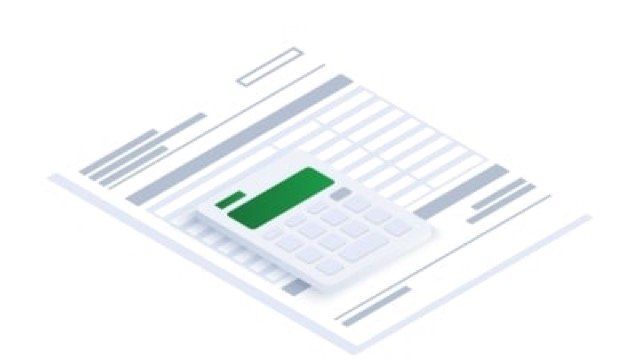Debt Management and Loan Repayment Strategies
For many businesses, debt is a necessary tool for growth and expansion. However, managing debt effectively and implementing smart loan repayment strategies are essential for maintaining financial health and achieving long-term success. In this article, we'll explore key principles of business debt management and discuss strategies to navigate loan repayment efficiently.
Understanding Business Debt
Business debt encompasses various financial obligations, including loans, lines of credit, and credit card balances. While debt can provide liquidity and fund crucial investments, it also comes with associated costs, such as interest payments and potential restrictions on cash flow. Understanding the types of debt and their implications is the first step in effective debt management.
Assess Your Current Debt Levels
Before formulating a debt management strategy, business owners must assess their current debt levels relative to their assets, revenue, and cash flow. This assessment helps identify any excessive or unsustainable debt burdens and allows businesses to prioritize repayment efforts accordingly. Additionally, analyzing the terms and conditions of existing debt instruments enables businesses to optimize their repayment strategies and minimize overall borrowing costs.
Create a Repayment Plan
A structured repayment plan is essential for managing business debt effectively. Start by listing all your outstanding debts, including balances, interest rates, and repayment terms. Prioritize high-interest debts or those with inflexible repayment terms to minimize interest expenses and improve cash flow. Consider negotiating with creditors to lower interest rates, consolidate multiple debts into a single loan, or explore refinancing options to secure more favorable terms.
Develop a Budget for Cash Flow Management
Maintaining a healthy cash flow is critical for meeting debt obligations and sustaining business operations. Develop a comprehensive budget that accounts for all expenses, including debt service, and identifies opportunities to reduce discretionary spending or increase revenue streams. Implement robust cash flow management practices, such as invoicing promptly, optimizing inventory levels, and negotiating favorable payment terms with suppliers, to ensure sufficient liquidity for debt repayment.
Emergency Fund and Contingency Planning
Building an emergency fund is crucial for safeguarding against unforeseen expenses or disruptions that may impact your ability to service debt. Set aside a portion of revenue for contingency purposes, aiming to accumulate reserves equivalent to several months' worth of operating expenses. Having a financial buffer in place provides peace of mind and reduces the risk of defaulting on debt obligations during challenging times.
Utilize Debt Wisely
While minimizing debt is ideal, judicious use of debt can facilitate strategic growth and capital investment opportunities. Evaluate potential investments carefully, considering their potential return on investment and the impact on overall business profitability. When taking on new debt, ensure that the benefits outweigh the costs and that the repayment schedule aligns with the expected cash flows generated by the investment.
Seek Professional Guidance
Navigating business debt management can be complex, particularly for small business owners with limited financial expertise. Consider seeking advice from financial professionals, such as accountants, financial advisors, business consultants, or lenders like Business Loans Springfield, who can provide tailored guidance and strategies based on your business' unique circumstances. Professional assistance can help optimize debt management efforts and position your business for long-term financial success.
Effective debt management and loan repayment strategies are essential components of sustainable business growth and financial stability. By understanding your debt obligations, creating a structured repayment plan, managing cash flow effectively, and seeking professional guidance when needed, you will be able to navigate debt challenges with confidence and position yourself for long-term success in an increasingly competitive marketplace.




Applying is free and will not affect your credit score.


